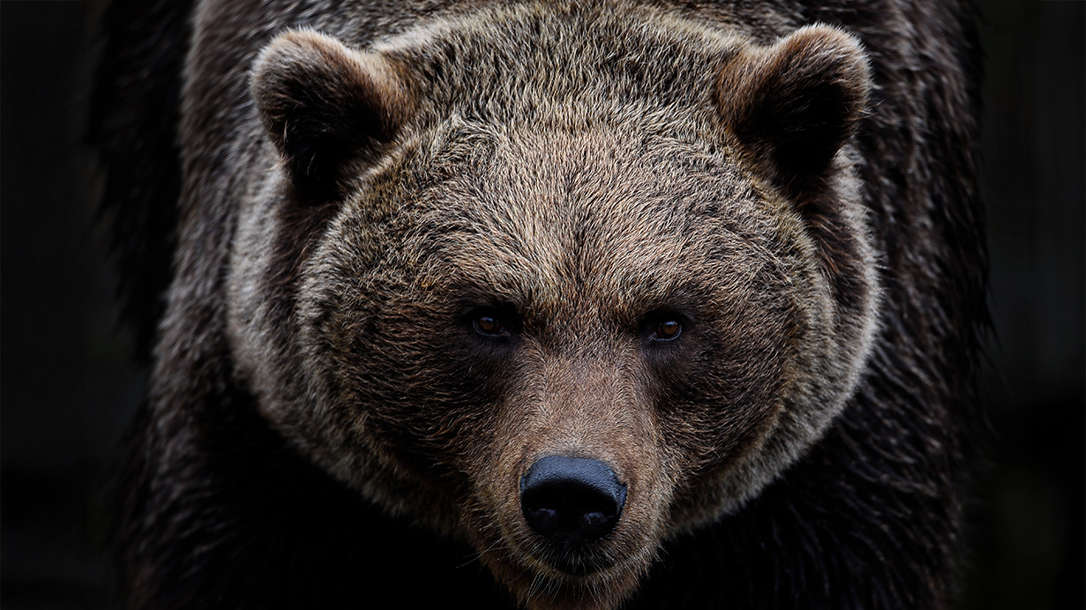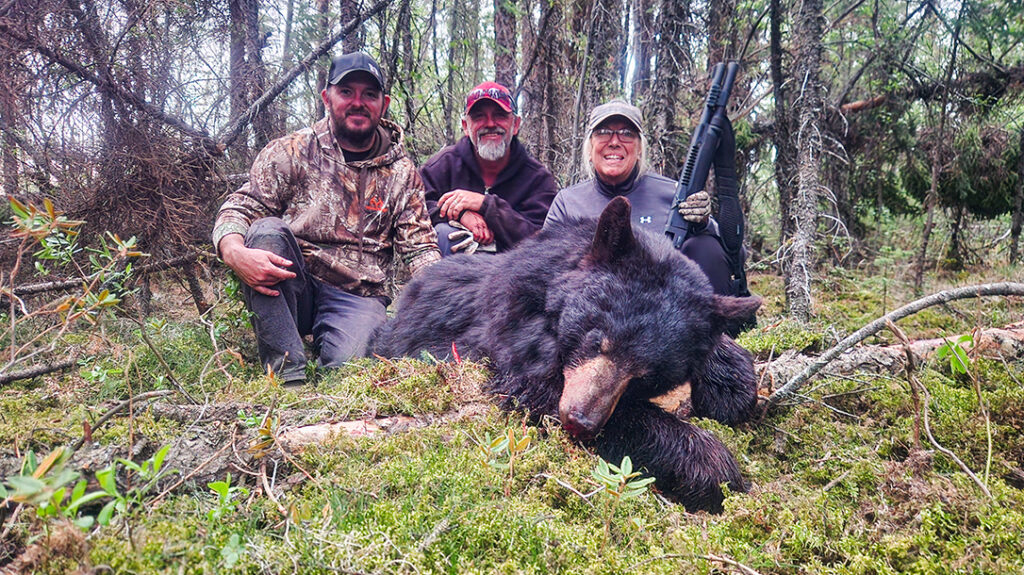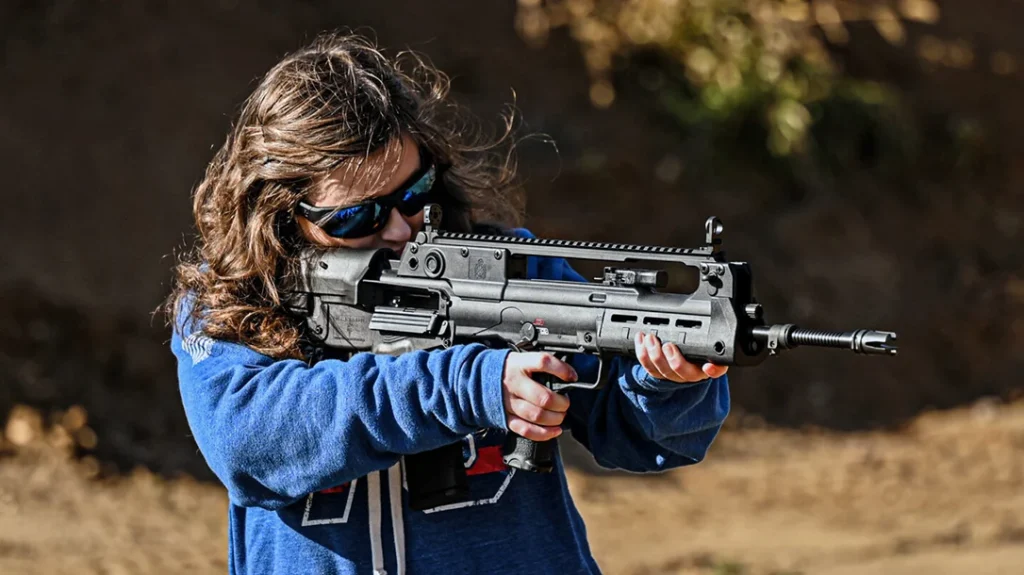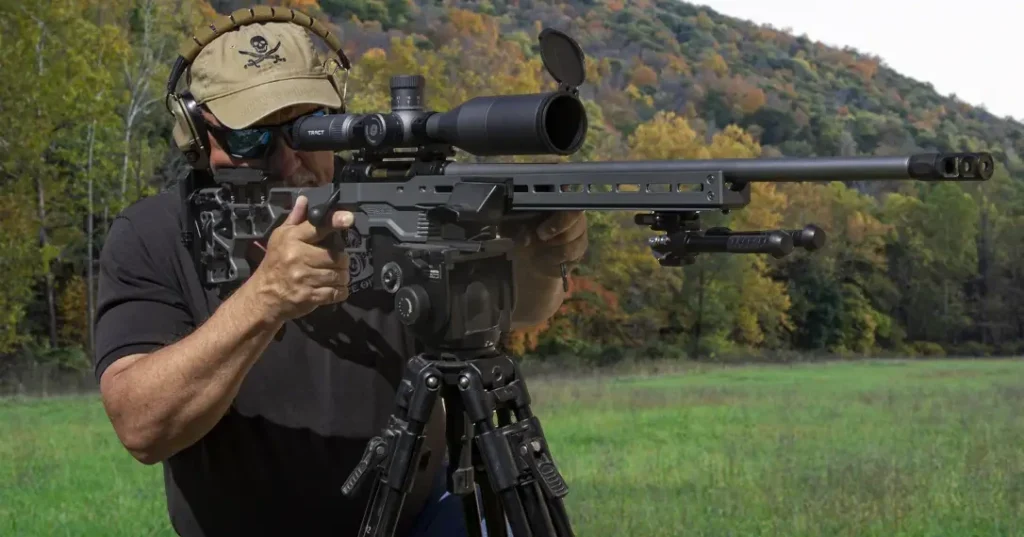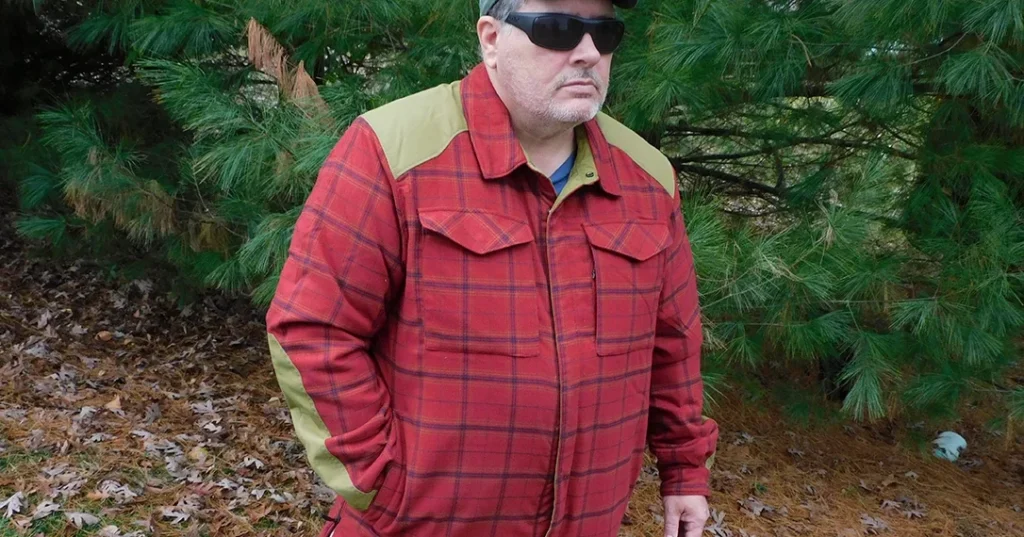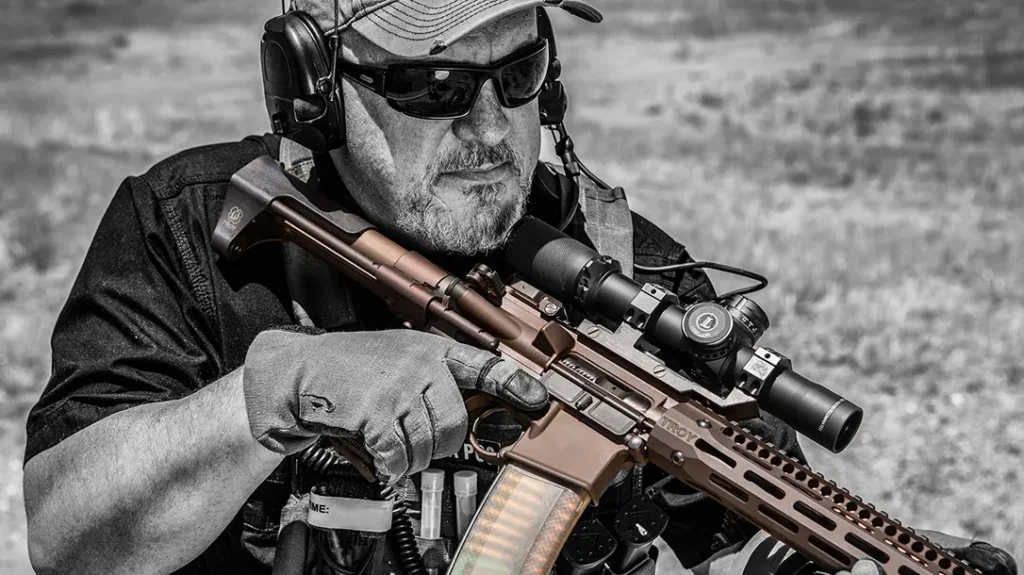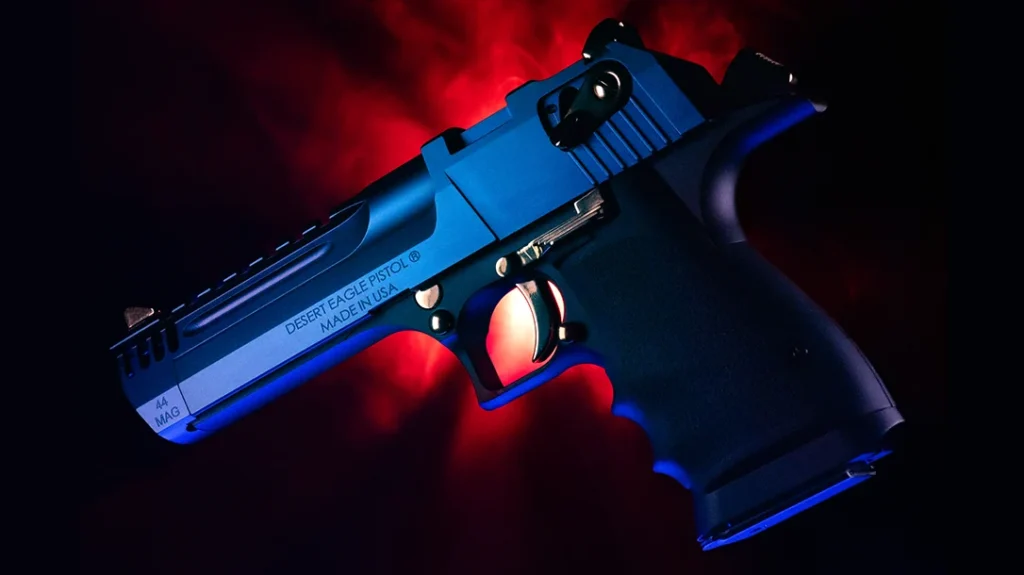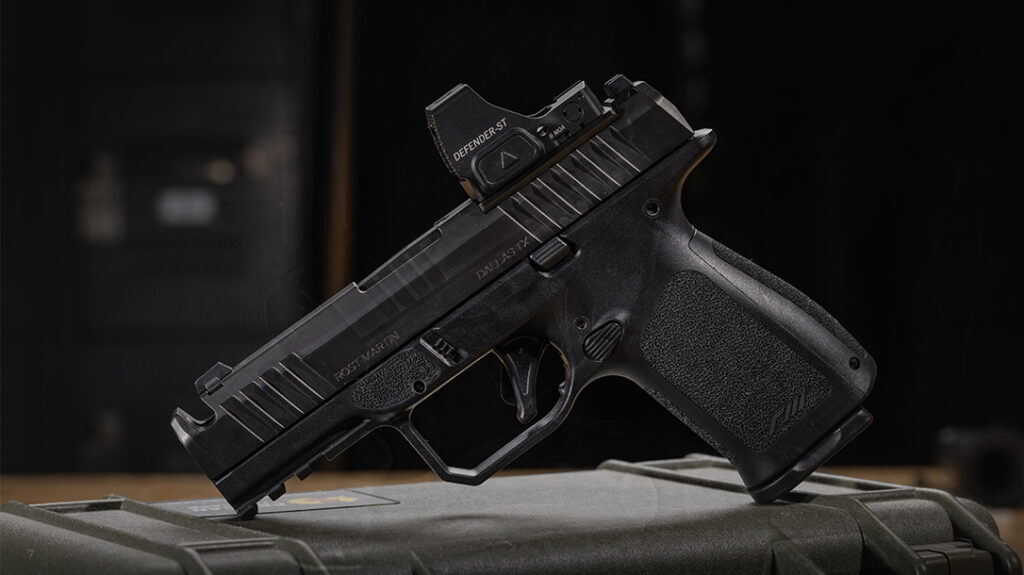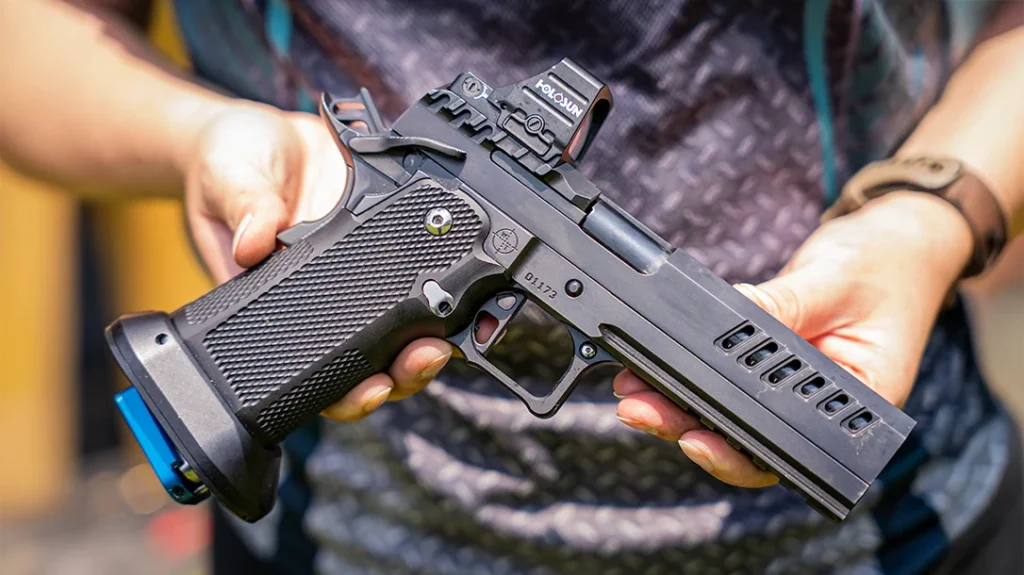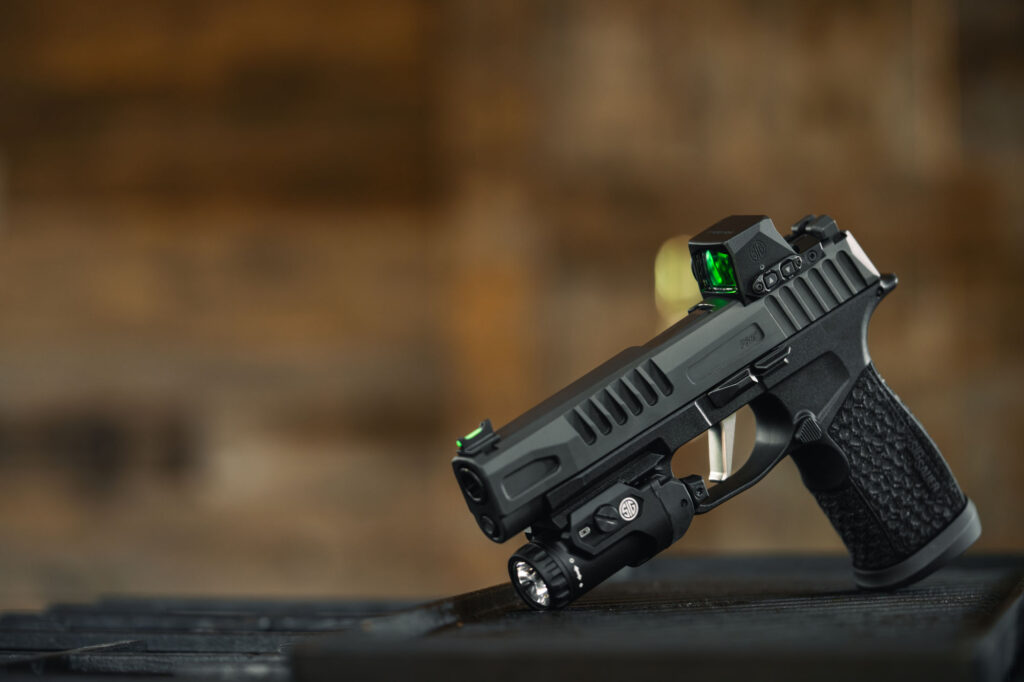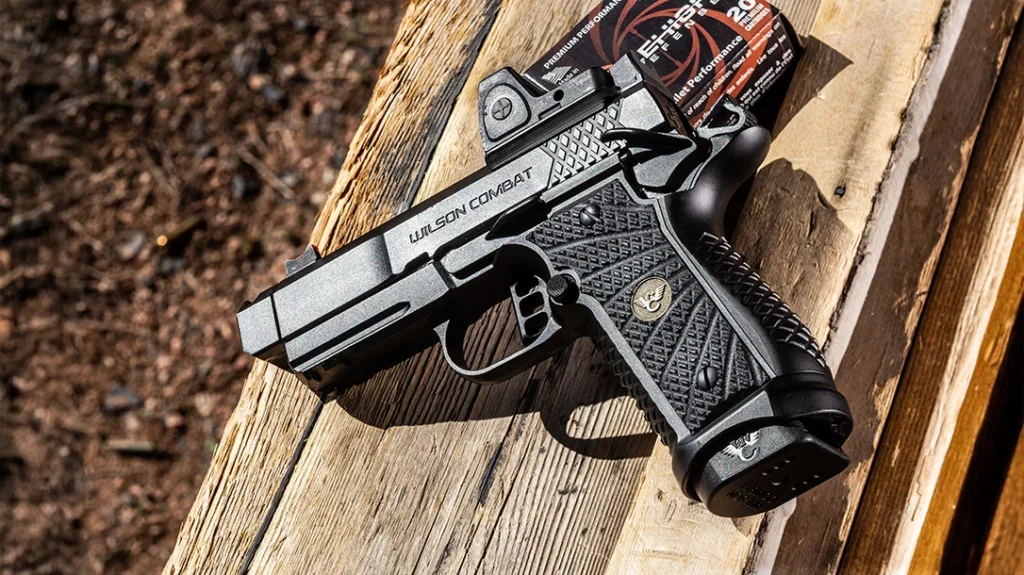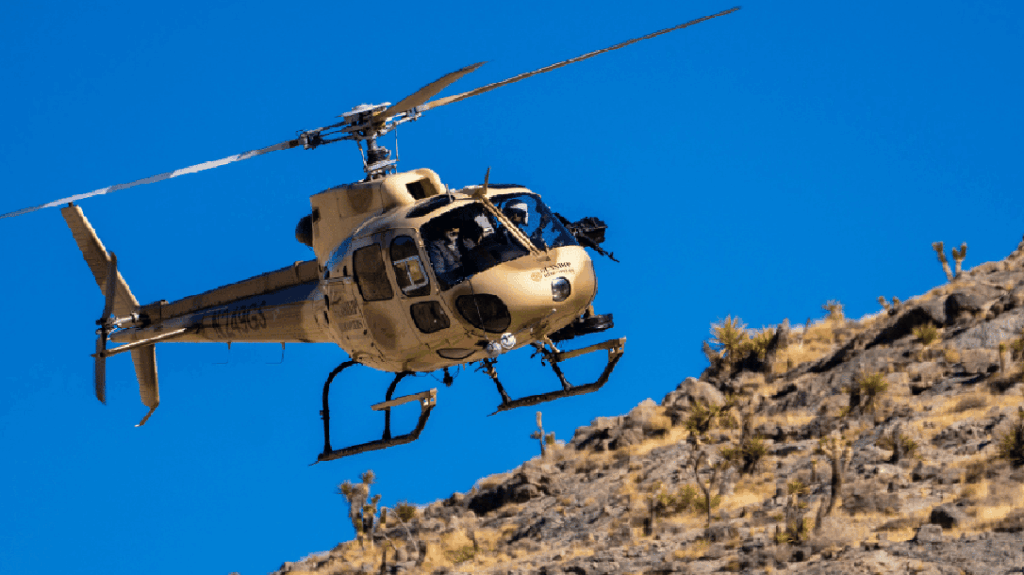Anyone who spends any real time in the wilderness understands the need for awareness and respect for wildlife. This is especially true in bear country. Bears, primarily black bears, are found throughout much of the US, particularly in the eastern and western regions, Alaska, and parts of the Rocky Mountains. The other bears we need to know about are Grizzlies. Grizzly bears are primarily found in Alaska as well as parts of Wyoming, Montana, and Idaho. They also inhabit areas in Washington. Since the chances of encountering a bear are real, it is essential to know how to survive a bear attack.
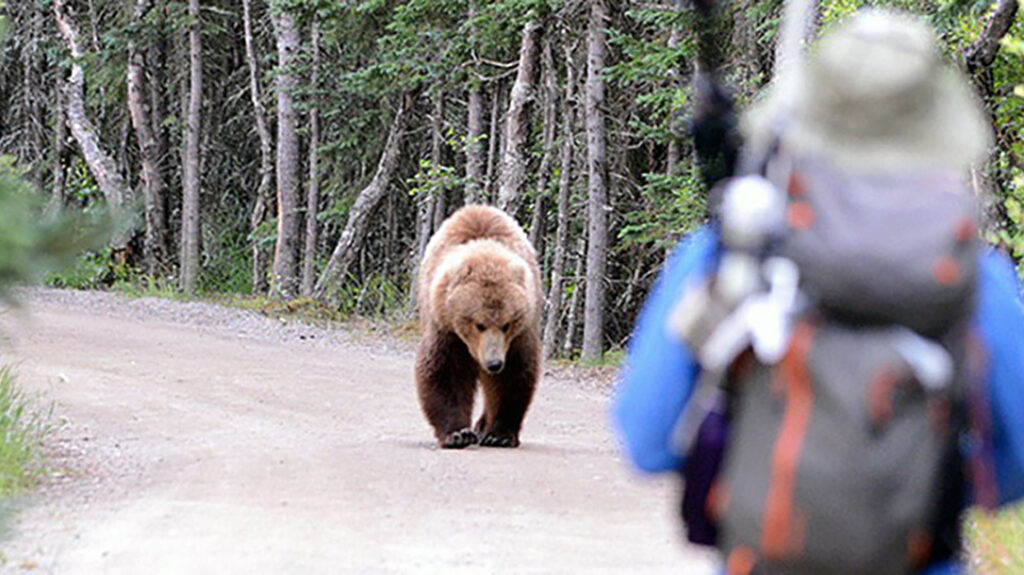
When a 500 Pound Apex Predator Attacks – How to Survive a Bear Attack
Bears are typically not aggressive toward humans. Most encounters happen when a bear is surprised, feels threatened, or is protecting cubs or food. The most common scenario is surprising a bear while moving in the woods. In many cases, visibility is limited due to high vegetation density. You are walking a trail, turn a corner, and end up face to face with a bear. There are countless tips and suggestions on how to deal with bears, but our best defense is avoidance.
Advertisement — Continue Reading Below
Bear Avoidance: The First Line of Defense
Awareness and respect for bears are critical. There has been a growing trend among people to perceive bears and wildlife as “cute” and somehow friendly. They are not. These are wild animals, and although they are not inherently aggressive, they do not want to be petted. To see this in action, simply look up the countless videos of people in national parks trying to get too close to wildlife. As they say in Yellowstone, “don’t pet the fluffy cows”, referring to people getting too close to bison.
When you are in bear country, it is important to make noise. While things like bear bells can be helpful, the best thing to do is talk. Bears will generally avoid you if they hear actual voices. Try to travel in groups. Bears are less likely to approach groups of three or more. Another thing to consider is the timing of your trek through the woods. Bears, like many other animals, are active in the early morning hours and at dusk. Lastly, if you feel compelled to bring a dog, keep it on a leash. A dog running around these areas may look like prey to a hungry bear, as well as bring attention to you.
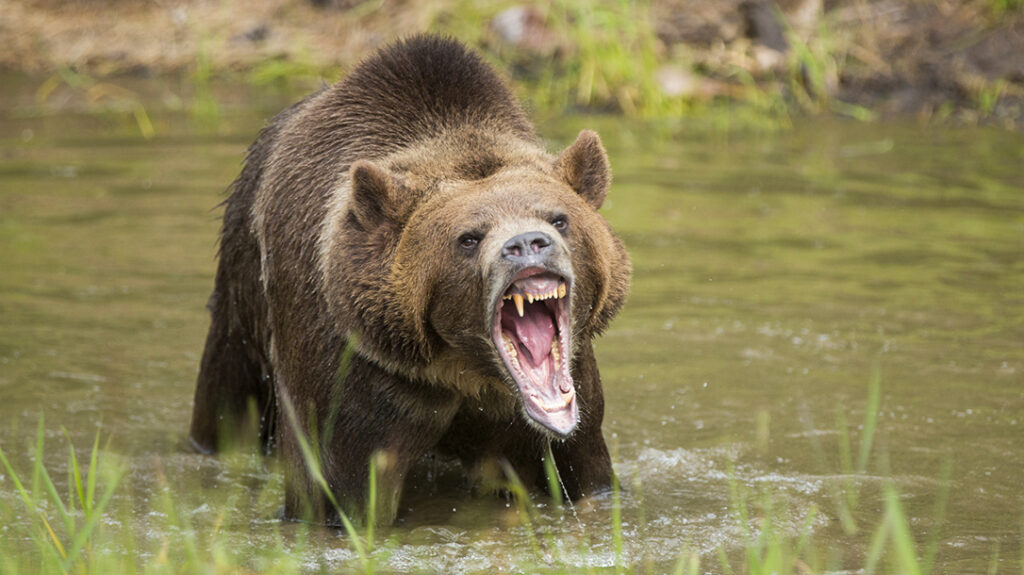
Advertisement — Continue Reading Below
Plan Ahead
If you plan to overnight in Bear County, you should prepare. Use bear-proof containers or hang food at least 10 feet off the ground and 4 feet from a tree trunk. Keep these items at least 100 yards from your tent. Accept that you are in the wilderness and avoid using any scented items, such as deodorant, perfume, and toothpaste. Do not keep any food or scented items in your tent. If you cook while in camp, change clothes before heading into your tent so the smell of food doesn’t linger with you. Before you set up camp, look for signs of bears in the area. Fresh scat, claw marks on trees, overturned logs, or bear tracks mean you’re in their territory.
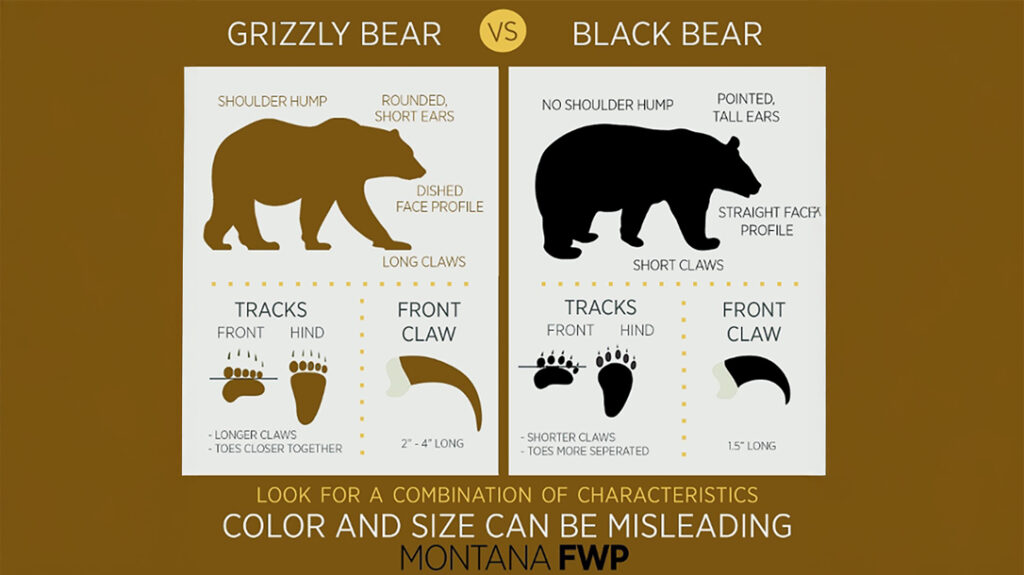
Know Your Bears
Identifying the type of bear you are dealing with is crucial. It will dictate your response if they end up on top of you. To identify a grizzly bear from a black bear, focus on the shoulder hump, facial profile, ear shape, and claw length, as size and color can be misleading. Grizzly bears have a prominent shoulder hump, a dished or concave facial profile, smaller, rounded ears, and longer, straighter claws. Black bears lack the shoulder hump, have a straight facial profile, taller and more pointed ears, and shorter, more curved claws.
Advertisement — Continue Reading Below
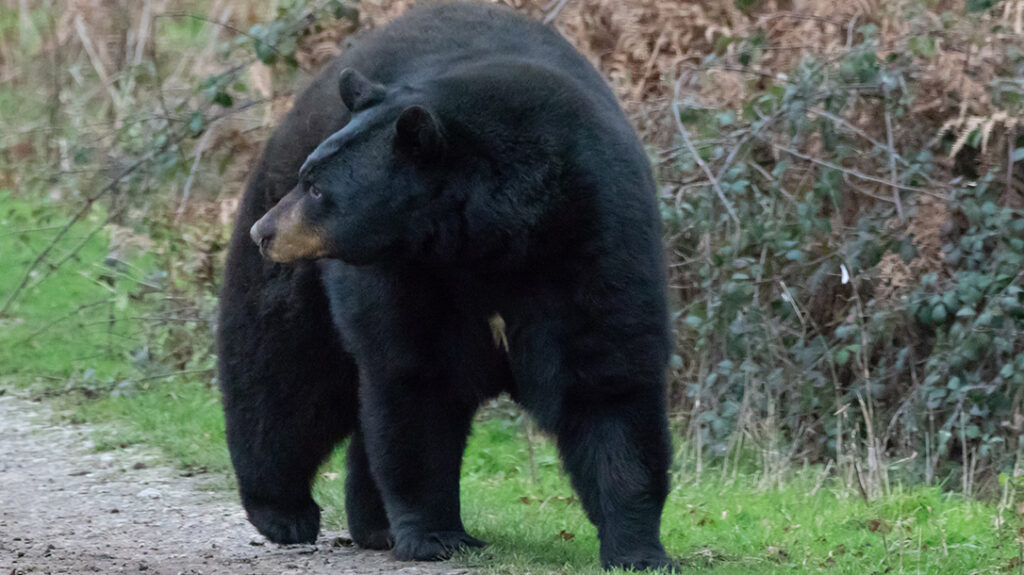
How to React – Black Bears
We will look at the two most common bears today. First up are black bears. These bears are smaller and more timid than grizzlies, yet can still be upwards of 400 pounds. While commonly referred to as “black bears,” they can also be brown or even blonde in color.
If you encounter a black bear, it is important not to panic and run. This can trigger a prey response in the bear, and they may pursue you. They can run at speeds of up to 30 miles per hour, so you will not outrun them. The first thing to do is make yourself look large by raising your arms, standing tall, and opening your jacket. Speak firmly and back away slowly while keeping your eyes on the bear. Saying things like “hey bear” works well.
Advertisement — Continue Reading Below
If attacked, fight back with everything you’ve got—use rocks, sticks, or fists. Black bears may be scared off by resistance. Black bears will not stop attacking if you play dead. They will simply try to eat you.
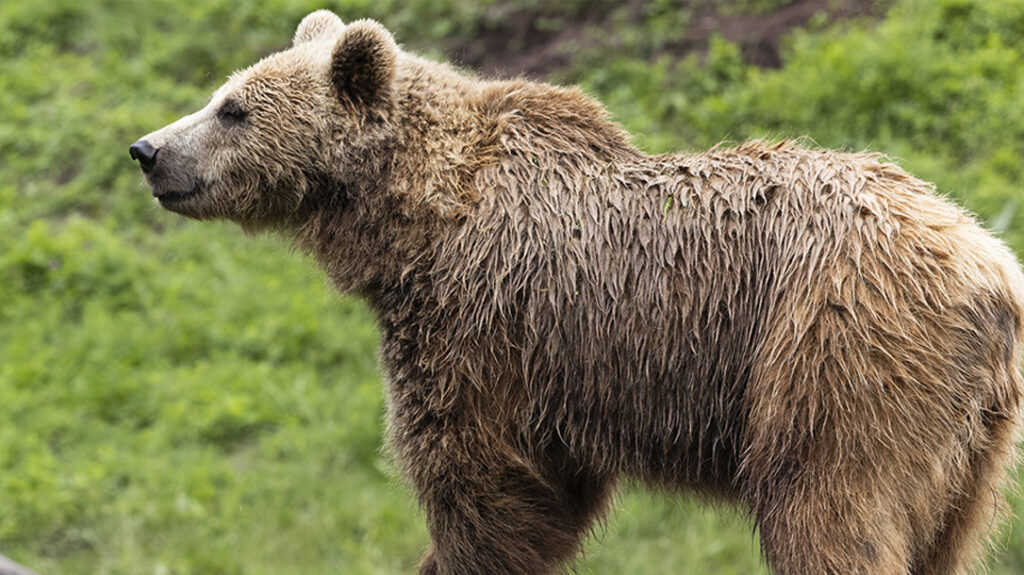
How to React – Grizzly Bears
Our next bear is the Grizzly, or more scientifically, the Ursus arctos horribilis. These are larger than black bears, with a noticeable shoulder hump. These bears can be very dangerous and aggressive when surprised or defending their cubs. An adult Grizzly can be up to eight feet long and close to 700 pounds or more.
Advertisement — Continue Reading Below
If you see a Grizzly, do not run. Like the black bear, this can trigger a prey response in the bear, and they may pursue you. Speak in a calm, low voice as you slowly move back. Keep your eyes on the bear at all times until you are clear of the area.
If attacked, play dead: lie flat on your stomach, clasp your hands behind your neck, and spread your legs to make it harder for the bear to flip you. Try to stay face down to protect your vital organs. The bear is more than likely to attack you because it sees you as a threat. Once it believes you are dead, it should move away. Remain still until the bear leaves.
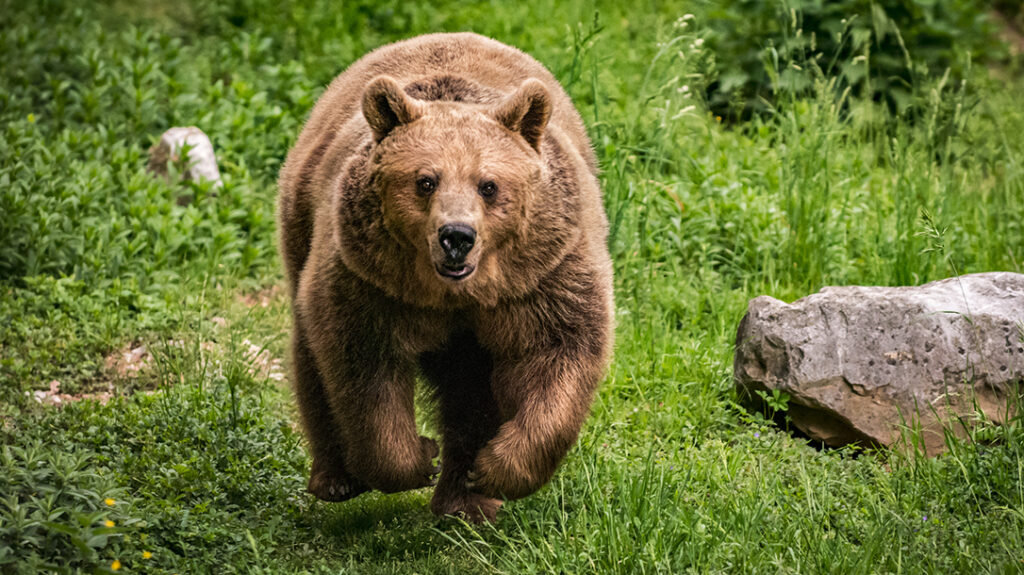
Advertisement — Continue Reading Below
Defensive Weapons
If you are in Bear County, you need to have defensive weapons with you. I can’t stress this enough. This is not the time to be “one with nature” and hope for the best. The first item you need is bear spray. Bear spray is a high-powered pepper spray that provides excellent defense against all bear species.
You need to keep it accessible and not buried in your pack. Most sprays can be found with a carrier that fits on your belt or chest strap of your backpack. To use it, remove the safety clip, aim slightly downward, and fire when the bear is 30–60 feet away. Do not wait until the bear is super close. Spray towards the bear’s head and eyes. Just like humans getting pepper-sprayed, it will cause discomfort and burning in the bear. Bear spray is proven to stop attacks in over 90% of cases when used correctly.
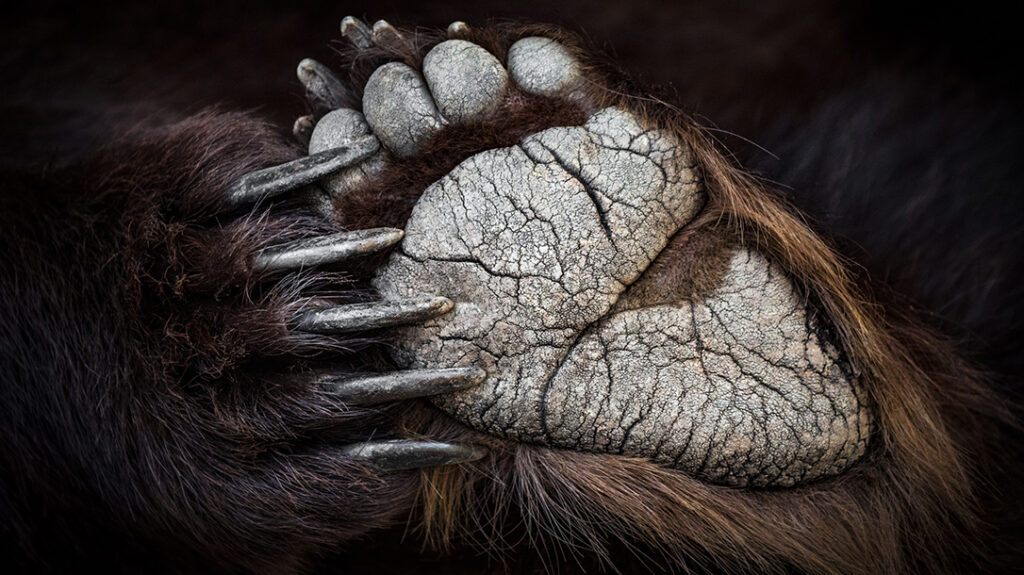
Firearms for Bear Defense
The cliché that you need to bring the right gun to the fight is even more true with bears. You should keep your gun in an easily accessible chest rig or hip holster. You also need to train with this gun. Being slow can be lethal to you. Bears can close 40 feet in a second. I suggest a pistol in the .44 Magnum power range. Rifles and shotguns are more effective but may not be accessible quickly.
I will say that you need to train once again. A charging bear is not a mild experience, and placing solid head shots will be difficult under stress. It is important to note that while you can bring a firearm into parks like Yellowstone, they do not allow the use of a firearm as a “self-defense” tool against bears. That is a debatable regulation, but it is something you should be aware of.
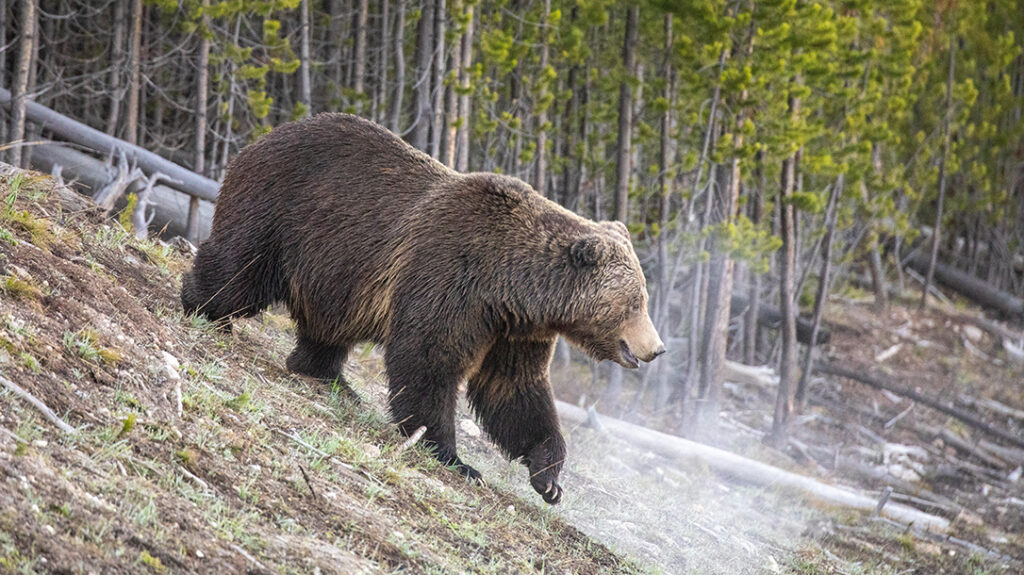
How to Survive a Bear Attack
Surviving a bear attack begins long before the first paw hits the ground. Preparation, awareness, and composure are your best tools. Know the type of bear you’re likely to encounter, carry bear spray, and understand how to react based on the bear’s behavior. In the wild, respect and knowledge are the most powerful survival skills you can bring.
For more information, visit here.
